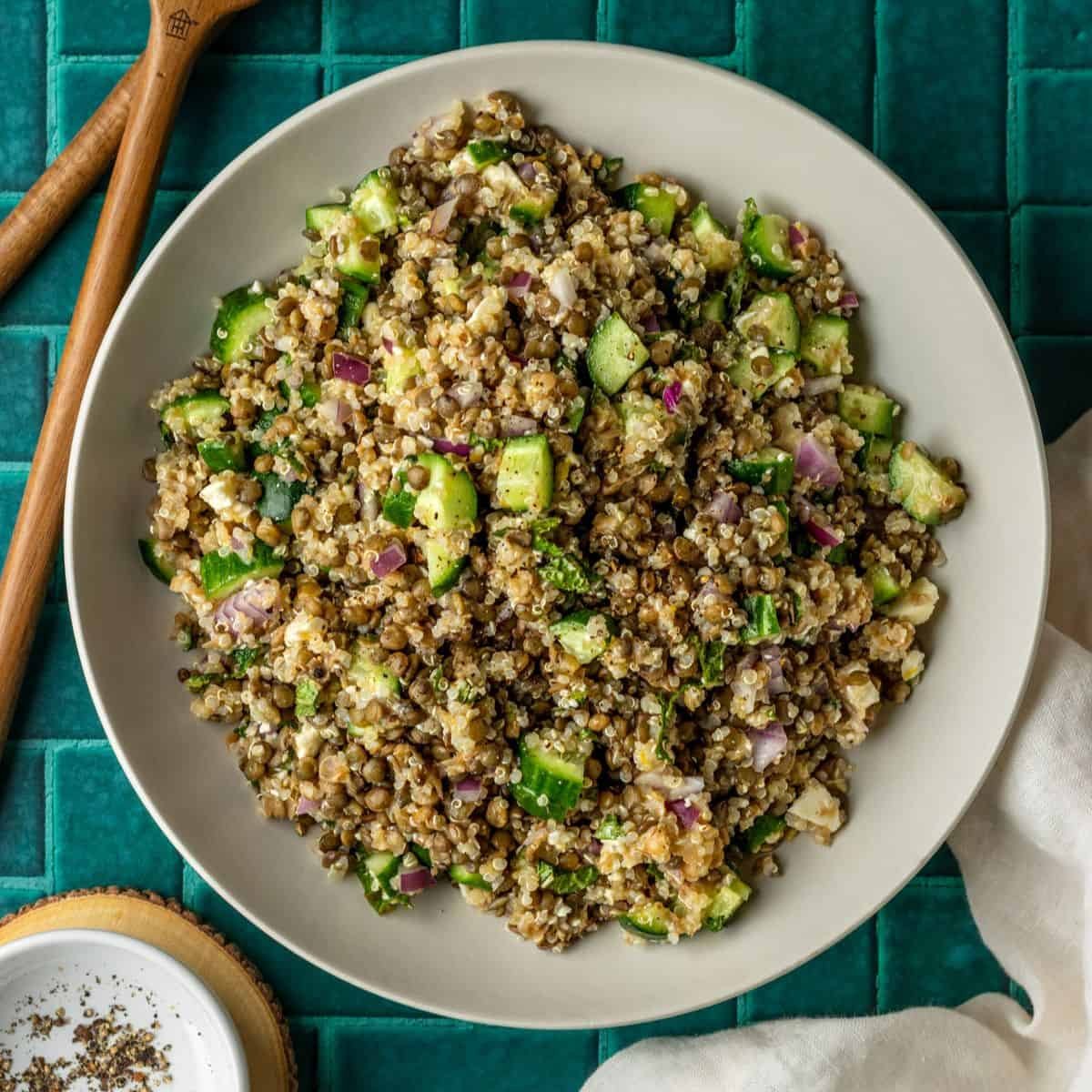
Home Workouts Without Equipment: A Beginner’s Guide
Staying fit doesn’t always require an expensive gym membership, heavy machines, or complicated routines. For beginners, home workouts without equipment can be the easiest, most affordable, and most comfortable way to build strength, lose fat, and improve flexibility. Whether you’re a busy professional, a student, or someone starting their fitness journey, this beginner’s guide will walk you through everything you need to know about exercising at home without any equipment.
Why Choose Home Workouts Without Equipment?
Home workouts are becoming increasingly popular, especially for beginners. Here are some reasons why:
- Cost-effective: No need for expensive gym fees or buying dumbbells, resistance bands, or treadmills.
- Convenient: You can exercise anytime, anywhere—even in small spaces like your living room or bedroom.
- Beginner-friendly: With no complicated machines, you can start at your own pace and build confidence.
- Flexible: You can design a workout routine that suits your goals—whether it’s weight loss, muscle toning, or improving endurance.
For many beginners, home workouts create a stress-free environment to build consistency, which is the most important part of fitness.
Essential Tips Before You Start
Before diving into exercises, keep these beginner-friendly tips in mind:
- Warm-up first: A quick 5-minute warm-up like jogging in place or arm circles prepares your muscles and prevents injuries.
- Start slow: Don’t push yourself too hard in the beginning. Gradually increase intensity as your body adapts.
- Focus on form: Good posture and proper technique matter more than speed or repetition count.
- Stay consistent: Doing short 20-minute sessions regularly is better than long workouts once in a while.
- Stay hydrated and eat balanced meals: Nutrition plays a big role in energy and recovery.
Beginner-Friendly Home Exercises Without Equipment
Here’s a simple list of effective bodyweight exercises that require no equipment. You can mix and match them to create your routine.
1. Squats
Squats are excellent for strengthening your legs and glutes.
- How to do: Stand with feet shoulder-width apart. Bend your knees and push your hips back as if sitting in a chair. Keep your chest up and return to standing.
- Reps: 10–15 reps x 2 sets.
2. Push-Ups Home Workouts
A classic upper-body exercise that works your chest, arms, and shoulders.
- How to do: Start in a plank position with hands under shoulders. Lower your body until your chest almost touches the floor, then push back up.
- Modification for beginners: Do push-ups on your knees.
- Reps: 8–12 reps x 2 sets.
3. Lunges Home Workouts
Great for toning thighs and improving balance.
- How to do: Step forward with one leg, bend both knees to 90 degrees, then push back to starting position.
- Reps: 10 reps per leg x 2 sets.
4. Plank
The ultimate core-strengthening exercise.
- How to do: Rest on forearms and toes, keeping your body straight like a board. Avoid arching your back.
- Duration: Hold for 20–30 seconds. Increase over time.
5. Glute Bridges
Perfect for strengthening lower back, glutes, and hamstrings.
- How to do: Lie on your back, knees bent, feet flat on the floor. Lift your hips upward and squeeze your glutes, then lower down.
- Reps: 12–15 reps x 2 sets.
6. Mountain Climbers
A cardio move that also strengthens your core.
- How to do: Start in a push-up position. Bring one knee toward your chest, then switch legs quickly.
- Duration: 20–30 seconds.
7. Wall Sit
A simple but powerful exercise for your legs.
- How to do: Stand against a wall and slide down until knees are bent at 90 degrees. Hold the position.
- Duration: 20–40 seconds.
A Sample Beginner’s Home Workout Routine
Here’s a 20-minute routine you can try at home:
- Warm-up – 3 minutes (jumping jacks, arm circles, jogging in place)
- Squats – 12 reps
- Push-Ups – 8–10 reps
- Lunges – 10 per leg
- Plank – 20 seconds hold
- Glute Bridges – 12 reps
- Mountain Climbers – 20 seconds
- Wall Sit – 20 seconds
Repeat the circuit 2–3 times depending on your fitness level. Cool down with stretches for 5 minutes.
How to Stay Motivated for Home Workouts
Starting is easy, but staying motivated is often the hardest part. Here are some simple tips:
- Set small goals: Aim for consistency rather than perfection. For example, 10 minutes a day is a great start.
- Track your progress: Use a fitness journal or apps to note your reps, sets, and improvements.
- Create a workout space: Even a corner of your room can become your mini gym.
- Reward yourself: Celebrate small achievements like completing a week of workouts.
- Mix it up: Try different exercises to keep things fun and engaging.
Common Mistakes Beginners Should Avoid
- Skipping warm-ups and cool-downs – This can lead to injuries and muscle stiffness.
- Overtraining – More is not always better. Your body needs rest days to recover.
- Neglecting nutrition – Exercise alone won’t bring results without a healthy diet.
- Poor posture – Doing exercises incorrectly can cause pain instead of progress.
The Benefits of Home Workouts Without Equipment
- Improves strength and endurance using just your body weight.
- Saves time and money since you don’t have to travel or invest in gear.
- Boosts mood and energy through endorphin release.
- Supports weight loss and muscle toning when combined with a balanced diet.
- Flexible and adaptable for beginners of all fitness levels.
Final Thoughts
Starting a fitness routine can feel overwhelming, but home workouts without equipment make it simple and achievable for beginners. With consistency, proper form, and a little motivation, you’ll notice improvements in strength, energy, and confidence.
Remember, the journey to fitness is not about quick fixes—it’s about building healthy habits for life. So, put on some comfortable clothes, clear a little space, and start moving today
